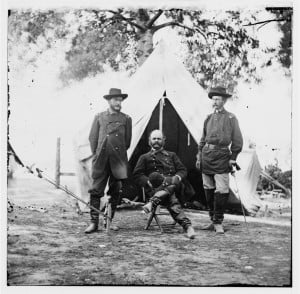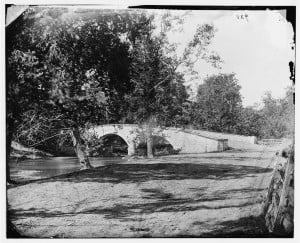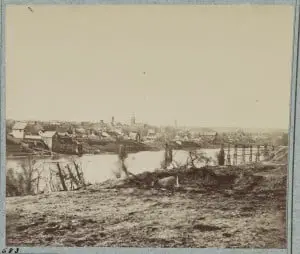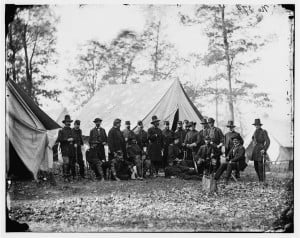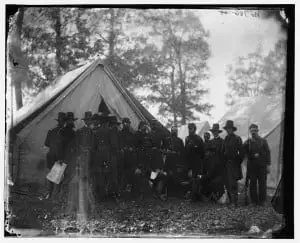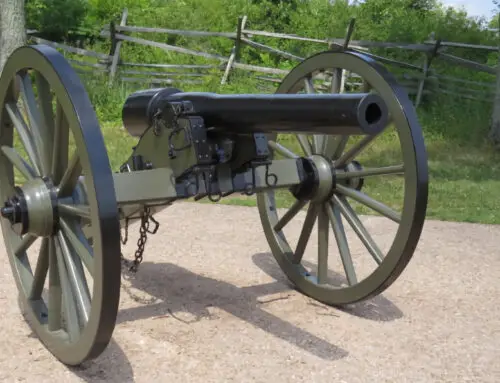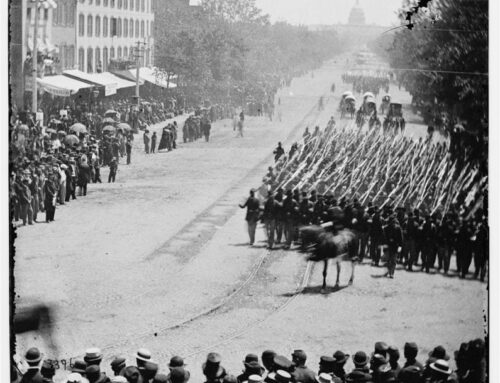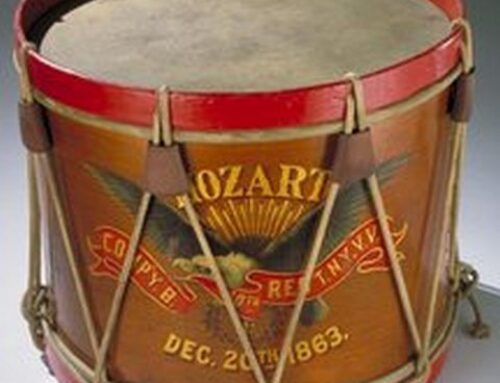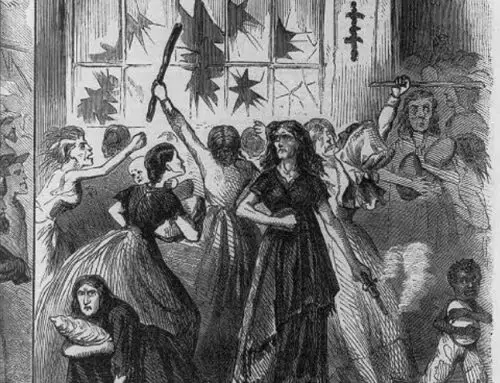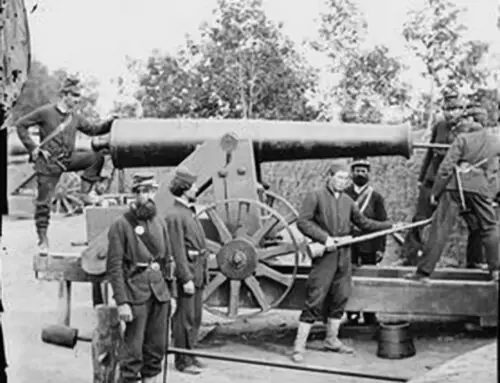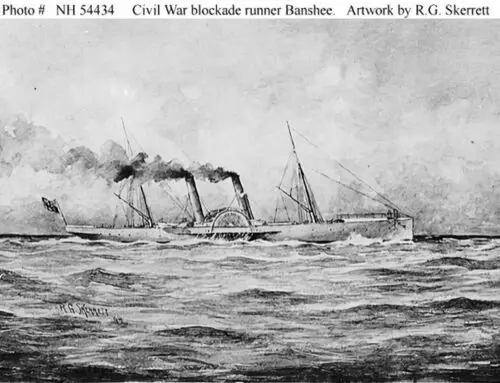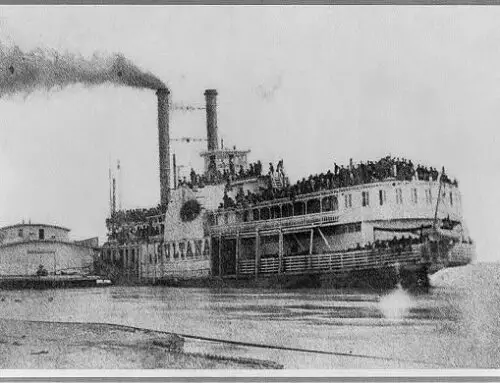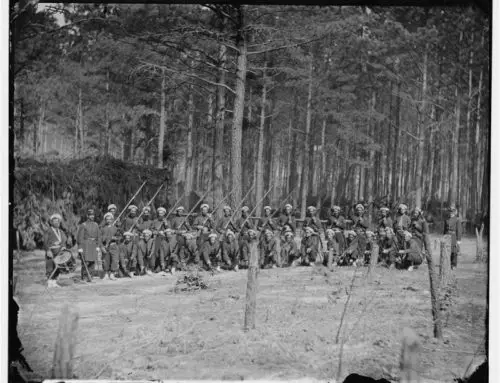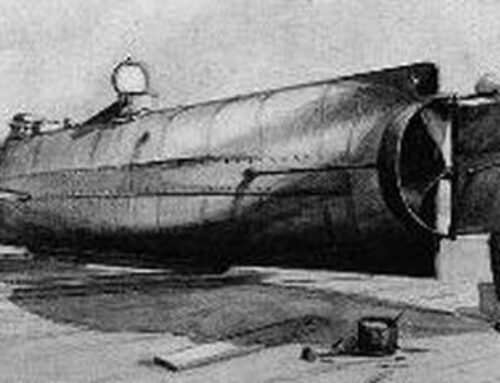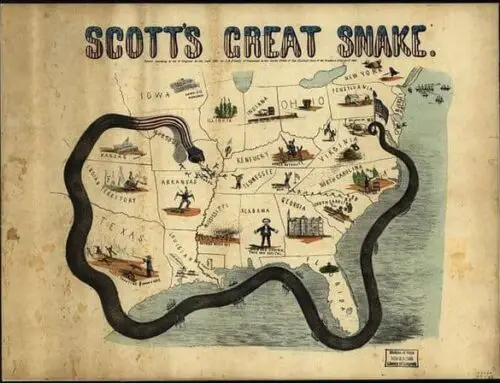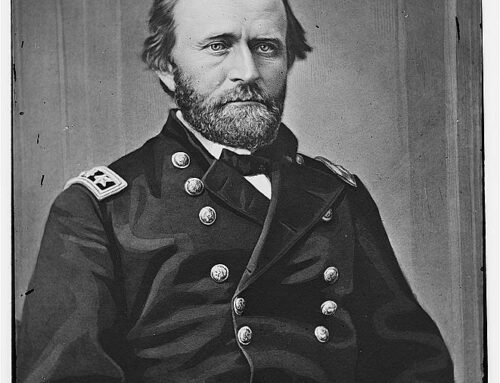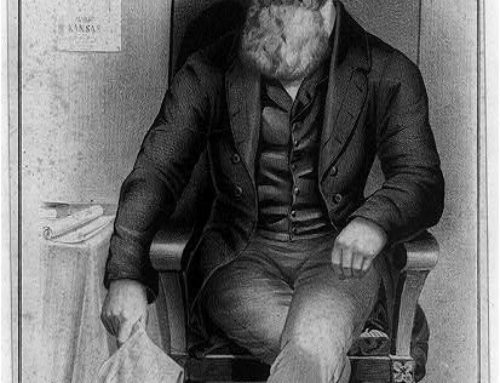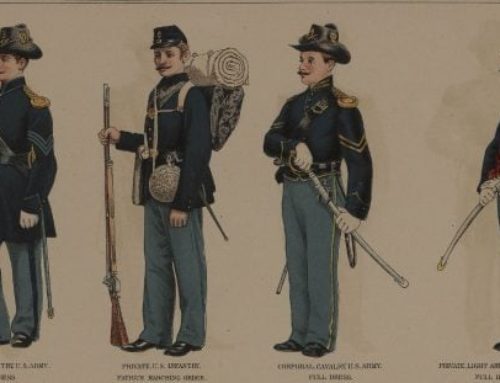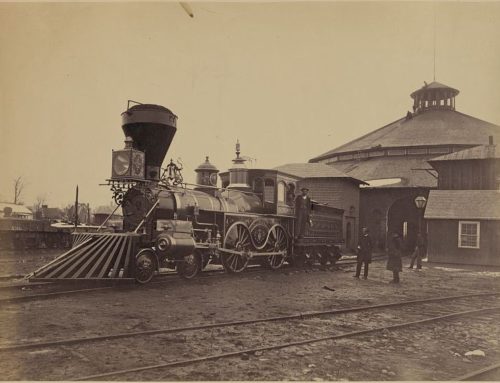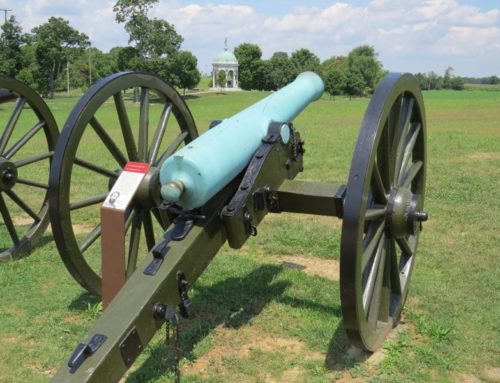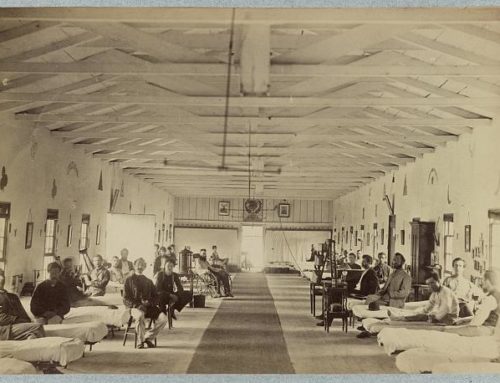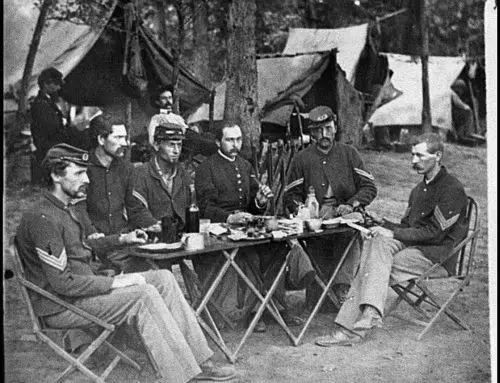(1824-1881)
Ambrose Burnside was born in Liberty Indiana on May 23rd 1824. He attended West Point and served in the Mexican-American War from 1846 to 1848. In 1853 he resigned his commission in the United States army to focus on making firearms. He invented a breech loading carbine but failed to make money with it.
He is most well-known for his unique facial hair. We have the term sideburns because of General Burnside. At the outbreak of the Civil War he formed the 1st Rhode Island Volunteer Infantry Regiment and immediately brought them to Washington D.C. to help defend the capital. He commanded troops in the First Battle of Bull Run on July 21st 1861.
On January 13th 1862 General Burnside assumed command of the Department of North Carolina.
On February 8th 1862 Burnside led a combined naval and army expedition and captured Roanoke Island in North Carolina. He captured six forts, forty-two guns and took around 3,000 Confederate prisoners. Confederate killed and wounded numbered around 150, while the Union lost 47 killed and 227 wounded or captured.
On July 6th 1862 Burnside left North Carolina with his army to reinforce the Army of the Potomac. Brigadier General John G. Foster took command of the Department of North Carolina.
Ambrose Burnside at Antietam
During the Battle of Antietam General Burnside was commanding a corps on the left flank of the Army of the Potomac. He was ordered to cross Antietam creek and attack the right flank of the Confederate army.
Burnside had two options to cross the creek. The first was a frontal assault across the bridge. The opposite bank of this bridge consisted of woods and very steep slopes which offered great protection for the Confederate defenders.
The second option was to send his troops down the creek a few hundred yards and cross at a shallow area that they could easily walk through and was undefended. One of the reasons Ambrose Burnside is known as one of the worst Civil War generals is because of the decision he made at Antietam. After contemplating both decisions he ordered his troops across the Rohrback bridge.
The Confederates realizing how strong a position this was, had already dug rifle pits and breast-works and filled them with troops. General Burnside ordered his men to take the opposite bank of the creek. They suffered heavy losses attempting to run across the bridge. It was only after several hours of fighting that the Confederate defenders began to run out of ammunition and Union troops were able to cross the bridge and take the other side.
The Rohrback bridge at Antietam was forever known as Burnside Bridge. It was not a complimentary nickname.
After Burnside and his men crossed the Antietam creek they continued their attack against the Confederate right flank. It was at this time that Confederate General A.P. Hill arrived and slammed into Burnside’s troops. Hill and his men had been at Harpers Ferry a few miles away when they were ordered to the battle raging at Antietam. The Confederates practically ran to the battle arriving just as Burnside was beginning to outflank the main Confederate army.
A.P. Hill and his men were the last reserves Robert E. Lee had. They hit Burnside at the perfect moment driving his men all the way back to the sloping hills above Burnside’s Bridge. This ended the battle of Antietam. If General Burnside had not wasted so much time pointlessly trying to cross a bridge and instead walked across the creek a few hundred meters downstream Confederate reinforcements would never have arrived in time and Robert E. Lee’s army would have suffered a decisive defeat at Antietam, instead the battle ended in a draw.
Ambrose Burnside becomes Commanding General
Despite Burnside’s failures at Antietam on October 13th 1862 he was given command of the defenses of Harper’s Ferry Virginia.
On November 7th 1862 General George McClellan was removed as commander of the Army of the Potomac after he failed to pursue Confederate General Robert E. Lee’s army for almost two months after the Battle of Antietam had ended. Ambrose Burnside was appointed as commander of the Army of the Potomac and took command on November 9th 1862.
Ambrose Burnside Attacks the Confederates
After being appointed commander of the Army of the Potomac General Burnside quickly launched an attack aimed at taking the Confederate capital of Richmond, Virginia. The Confederate army under Robert E. Lee seeing Burnside slowly advance toward Richmond formed his army around Fredericksburg, Virginia to block the Union advance. Confederate troops heavily entrenched themselves near Fredericksburg and waited for Burnside to attack.
General Burnside ordered a frontal assault supported by a flanking attack against the Confederate lines. Burnside’s orders were vague and confusing and the supporting flank attack did not take place, this left the frontal attack with no support. The first attack was easily repelled causing heavy Union casualties. Burnside not being deterred ordered several more frontal assaults, each one being repelled as easily as the first.
Fredericksburg was a crushing defeat for the Union and quickly put an end to Burnside’s command of the Army of the Potomac. The Union army suffered around 13,000 men killed, wounded and captured during the battle. He was replaced by Major General Joseph Hooker on January 25th 1863.
Ambrose Burnside Commands the Department of the Ohio
After his defeat at Fredericksburg and his removal as commander of the Army of the Potomac, Ambrose Burnside was put in command of the Department of the Ohio on March 25th 1863. Burnside’s area of command consisted of the states of Indiana, Ohio, Michigan, Illinois, Kentucky, and Eastern Tennessee.
Shortly after taking command Burnside began noticing a lot of anti-war sentiment. People were criticizing the war effort, holding anti-war meetings, even newspapers were writing anti-war articles in an effort to demoralize Union troops. Burnside knew these treasonable actions needed to be stopped. On May 6th 1863 in Dayton, Ohio Burnside had a former congressman named Clement L. Vallandigham arrested. Vallandigham was one of the most outspoken members of the anti-war groups. After his arrest, conviction and banishment the anti-war movement in the Department of the Ohio essentially ceased to exist.
Knoxville Campaign
One of Burnside’s few military victories occurred at Knoxville, Tennessee in the fall of 1863. On November 4th 1863 Confederate General James Longstreet with upwards of 40,000 troops launched a campaign aimed at capturing Knoxville, Tennessee in an effort to destroy Burnside’s much smaller army.
Burnside ordered some of his men to leave Knoxville and attack Longstreet’s army in order to try and slow down his advance. Burnside then slowly retreated back into Knoxville destroying anything that could be of use to the Confederates. These skirmishes lasted until November 17th when General Longstreet eventually made it to Knoxville and laid siege to the town. On December 6th 1863 General William T. Sherman arrived with his army to relieve Knoxville. These reinforcements put an end to Longstreet’s attempt to capture the town.
Battle of the Crater
In 1864 Burnside was transferred back to the Army of the Potomac which was now under the command of General Ulysses S. Grant. He was once again given command of his old army corps, he led his troops in many battles but is most remembered for the Battle of the Crater.
During the Siege of Petersburg in 1864 Union commanders were desperate to break the Confederate siege lines. An idea was formulated by several soldiers who happened to be coal miners in their civilians lives. They proposed digging a tunnel from the Union lines to the Confederate lines.
The tunnel would then be filled with gunpowder and detonated, this would create a huge gap in the rebel defenses allowing Union troops to attack around the hole and break the siege and defeat the Confederates. This attack would come to be known as the Battle of the Crater and it was a complete disaster. Burnside was blamed for the failure and was essentially removed from command. He sat out the remainder of the war until finally resigning in April 1865.
Ambrose Burnside After the Civil War
After the war Burnside was much more successful. He headed large railroads, became governor of Rhode Island from 1866-1869 and then elected senator from Rhode Island in 1874. Burnside died on September 13, 1881.


